Fresh Nettle Pesto Recipe (dairy-free)
Ali Segersten Mar 30, 2024 1 comment
Nettles are one of the first wild foods to emerge in the spring, and, undoubtedly, one of the most nutrient-dense wild plants! They thrive in rich, moist soil, and in sunny locations. You may find them blanketing a deciduous forest floor in early spring before the tree canopy emerges, or in an open, mowed field. The fallen leaves from autumn create a fertile environment for nettles to emerge from in early spring. After the dense, cold winter months, nettles arrive and remind us to lighten our loads, to cleanse, and to restore. Nettles can be dried and steeped into a deeply nourishing herbal infusion, blanched and made into pesto, or added to soups, stews, and egg frittatas. The nettle "sting" quickly gets deactivated through cooking or dehydration.
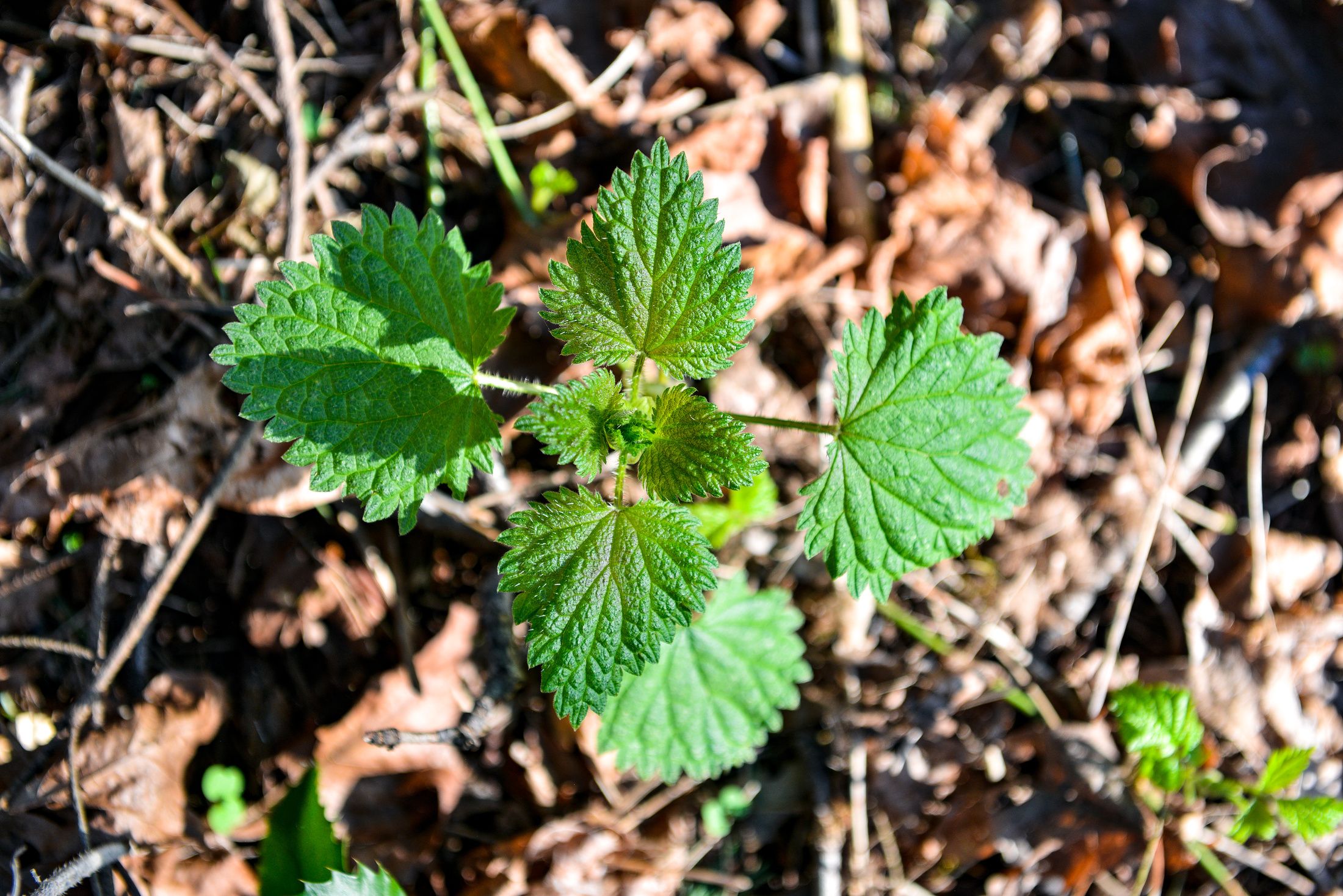
If you are feeling depleted, in adrenal burnout, or feeling any type of stagnancy after months of consuming denser winter foods, then consider adding nettle tea to your daily routine or harvest fresh nettles to add to your meals. All you need is a paper bag or basket, a pair of leather gloves or gardening gloves, and a pair of scissors. You'll want to harvest nettles while they are young and only several inches high. Each year nettle season begins at a different time depending on how warm or cold the season has been. Use a dehydrator to dry your nettles or blanch and freeze them to add to soups, pestos, egg dishes, and smoothies. To blanch nettles, simply bring a pot of water to a boil, then add the nettles to the boiling water using a pair of tongs and blanch for 1 to 2 minutes. Place the nettles into an ice water bath to immediately stop the cooking process, then wring them out to remove the excess water before adding them to a recipe or freezing.

Nettles are a rich source of nutrients such as calcium, magnesium, vitamin K1, carotenoids, and chlorophyll. Not only are nettles full of vitamins and minerals, but they are a rich source for many bioactive phytonutrients such as quercetin, rutin, apigenin, catechin, kaempferol, gallic acid, cinnamic acid, ferulic acid, and many more. These phytonutrients can inhibit inflammatory pathways in the body, reduce oxidative stress by scavenging free radicals, help to balance blood sugar, reduce blood pressure, and help to relieve environmental allergies. Wild plant medicines, like many plant foods, possess an inherent wisdom to deeply nourish and restore balance to the body. We just need to be ready to receive all the gifts they have to offer....
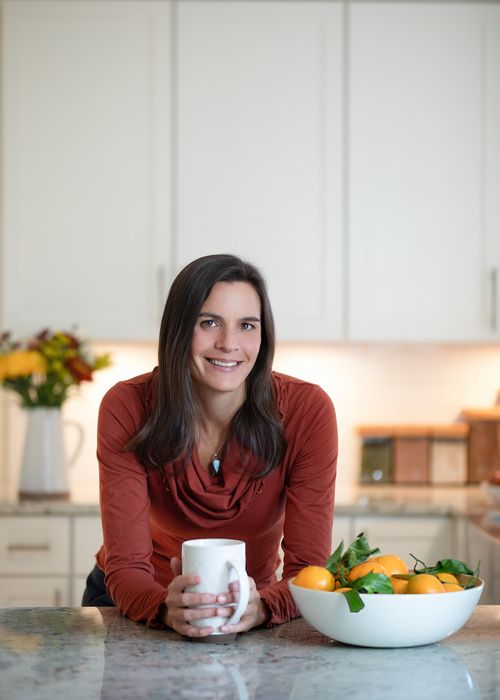
About the Author
Alissa Segersten, MS, CN
Alissa Segersten, MS, CN, is the founder of Nourishing Meals®, an online meal-planning membership with over 1,800 nourishing recipes and tools to support dietary change and better health. As a functional nutritionist, professional recipe developer, and author of The Whole Life Nutrition Cookbook, Nourishing Meals, and co-author of The Elimination Diet, she helps people overcome health challenges through food. A mother of five, Alissa understands the importance of creating nutrient-dense meals for the whole family. Rooted in science and deep nourishment, her work makes healthy eating accessible, empowering thousands to transform their well-being through food.Nourishing Meals Newsletter
Email updates.
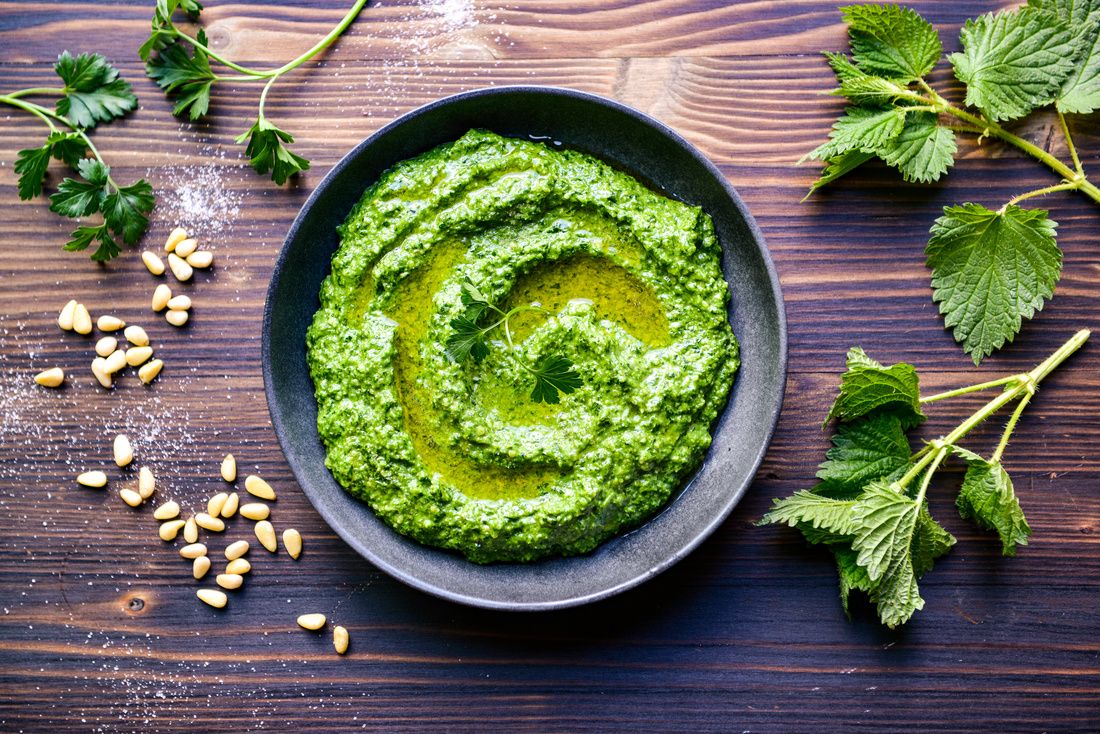


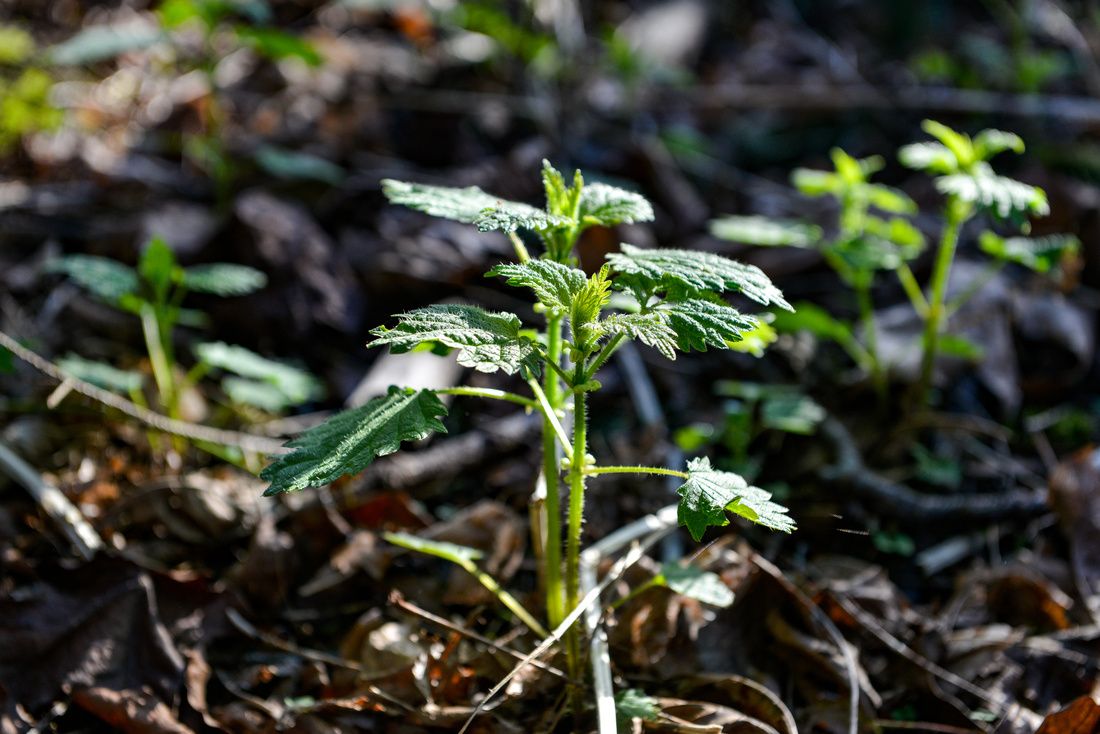
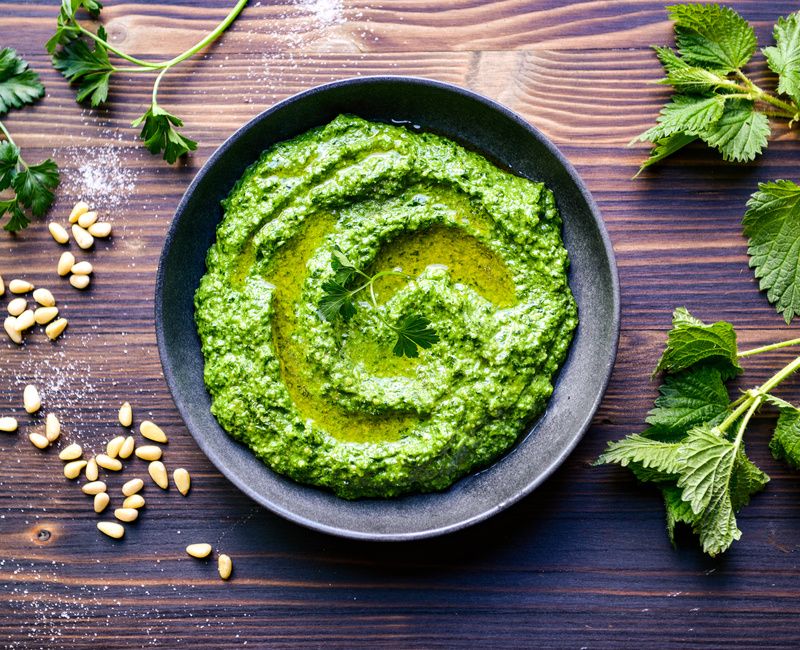
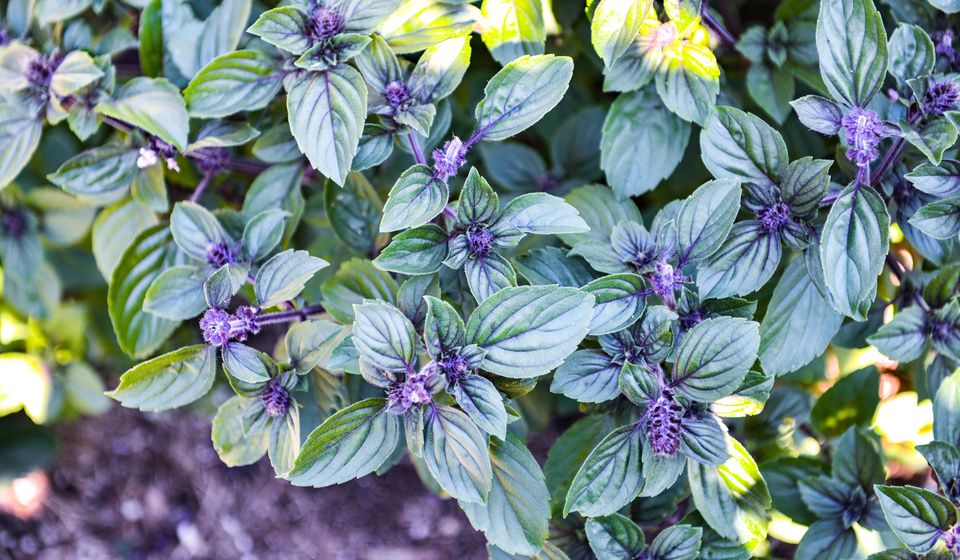
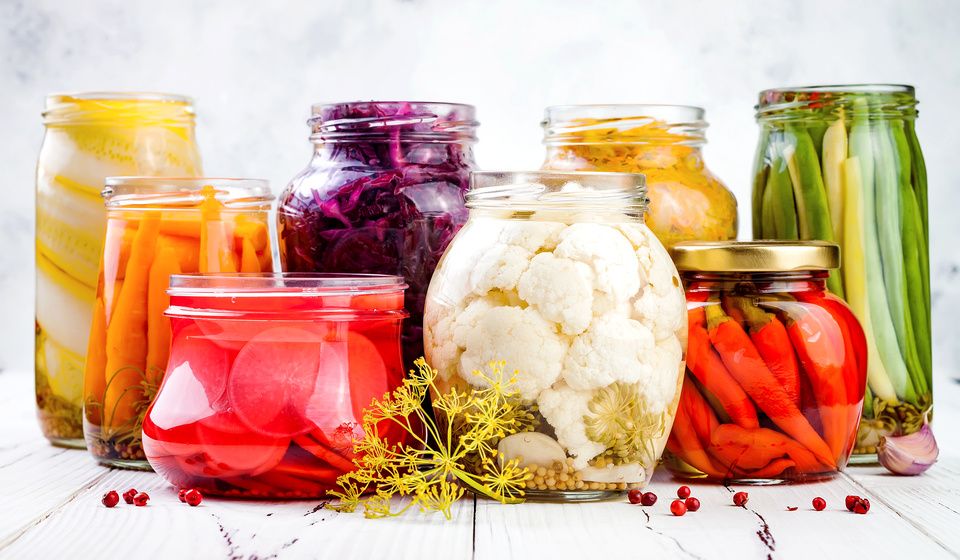
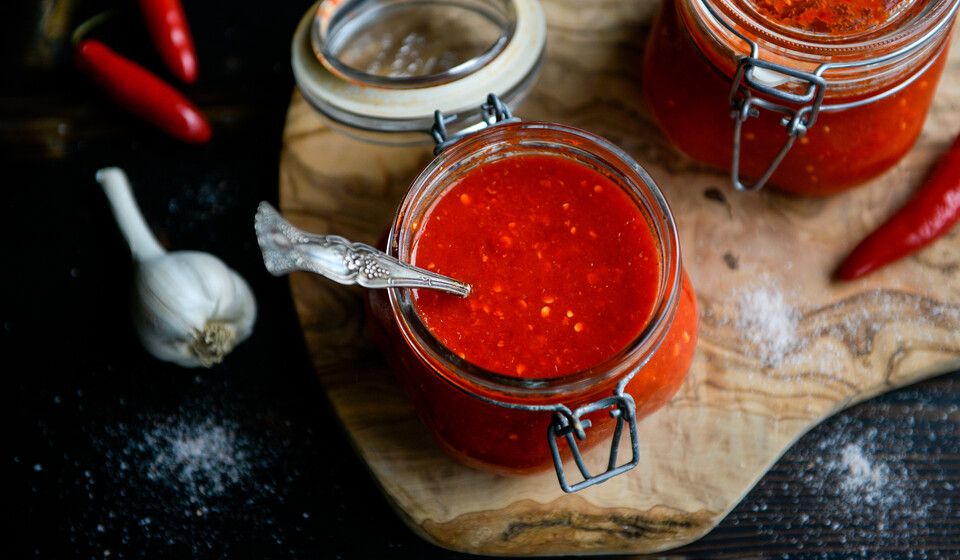
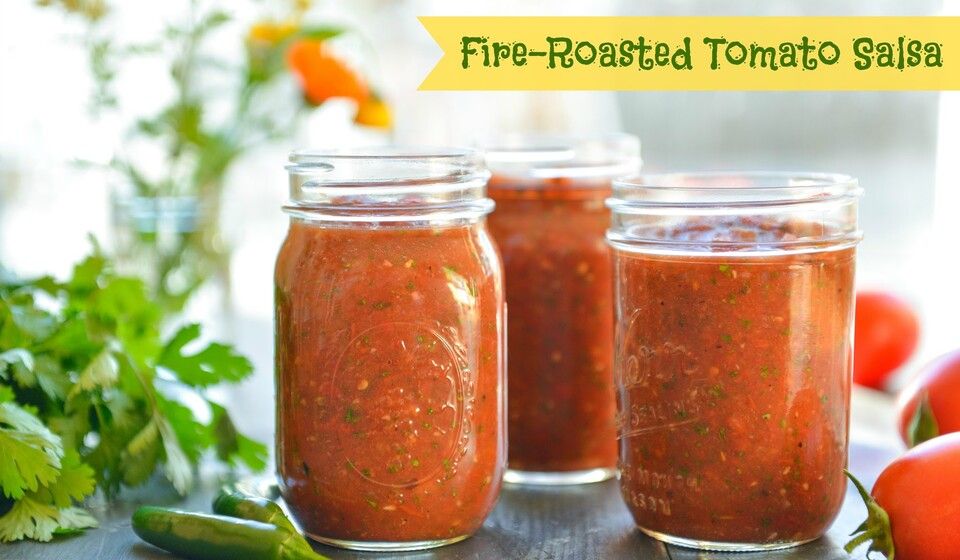
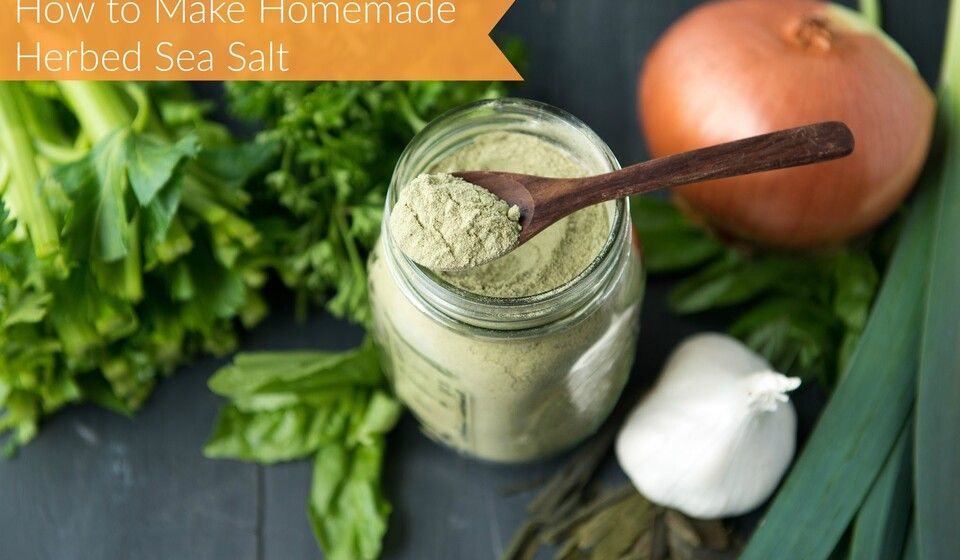

Add Comment
Comments
Looking forward to making…
Looking forward to making this pesto. I am using fresh nettle already in many ways, very often raw and let me tell you, you don‘t have to blanch the leaves to avoid the stinging. Just use a rolling pin and flatten them.